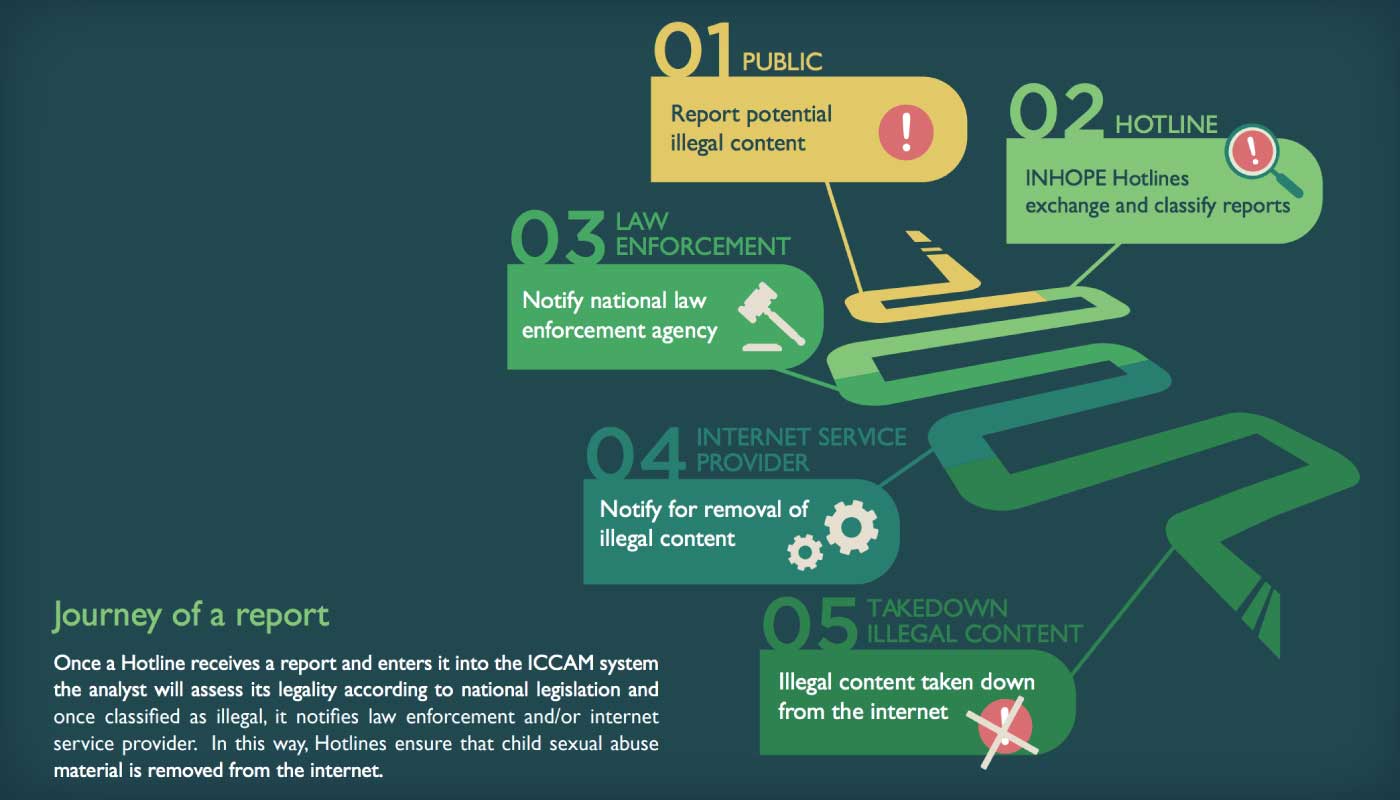
Your report does matter!
Please be reassured that your report can always make a difference. The Internet has a huge interest in our society and children. Unfortunately, the Internet can also be used by offenders, for instances, to view, download and/or distribute child sexual abuse material. Offenders can also use the Internet to target children and groom them for sexual abuse/exploitation.
The good news is we, as a responsible adult, can make the Internet a safer place for children to use by sharing our knowledge and advice with them about online safety, and by reporting suspected online child sexual exploitation.
